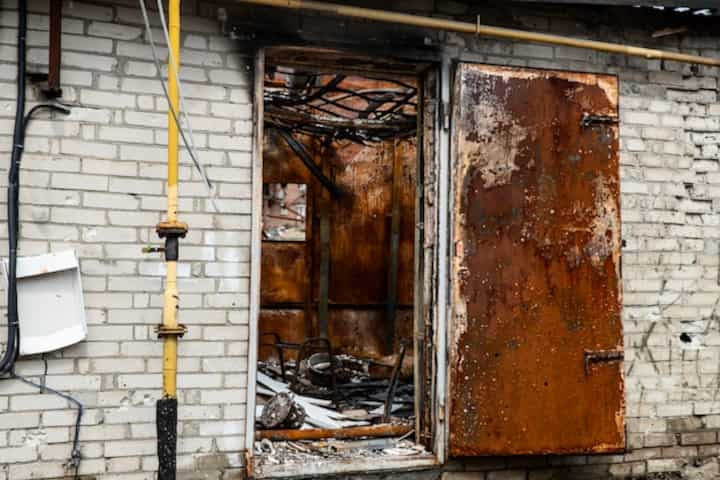
Effective Smoke Damage Restoration Solutions in Lansing
Smoke damage can be a devastating consequence of fire incidents, impacting both residential and commercial properties in Lansing. The restoration process is critical to mitigate further damage, ensure safety, and restore comfort. Understanding effective smoke damage restoration solutions is essential for property owners looking to recover quickly and efficiently.
Understanding Smoke Damage
Smoke damage goes beyond what is visible to the naked eye. It can affect the structure of a building, its contents, and even the air quality. The primary components of smoke damage include:
- Soot: This fine, black powdery substance can coat surfaces and penetrate porous materials.
- Odor: The lingering smell of smoke can be pervasive and difficult to eliminate.
- Discoloration: Smoke can cause surfaces to yellow or stain, affecting aesthetics and integrity.
Learn more in this detailed guide about the comprehensive effects of smoke damage and the importance of timely restoration.
Steps in Smoke Damage Restoration
Effective smoke damage restoration involves several key steps to ensure thorough cleaning and repair. These steps include:
Assessment and Inspection
The first step is a detailed inspection to assess the extent of the damage. Professionals use this information to develop a tailored restoration plan. Explore further insights here about what a comprehensive assessment entails.
Ventilation and Air Quality Improvement
Improving air quality is crucial to make the environment safe and habitable. Techniques such as air scrubbing and ventilation are employed to remove smoke particles from the air.
Soot and Smoke Removal
Specialized cleaning agents and equipment are used to remove soot from surfaces. This process is meticulous and varies depending on the material affected. Read more about this topic to understand the methods used in soot removal.
Odor Neutralization
Eliminating the smell of smoke is a critical component of restoration. This often involves the use of thermal fogging and ozone treatments to neutralize odors at the molecular level.
Cleaning and Sanitization
All affected areas and items are thoroughly cleaned and sanitized to remove traces of smoke and soot. This step helps prevent long-term damage and health issues.
Preventive Measures and Maintenance
While restoration addresses the immediate aftermath of smoke damage, implementing preventive measures can mitigate future risks. Consider the following:
- Install smoke detectors and regularly check their functionality.
- Maintain fire extinguishers and ensure they are easily accessible.
- Develop and practice an emergency evacuation plan.
Find additional information here on how to enhance fire safety and prevent smoke damage in the future.
Why Professional Help is Essential
Addressing smoke damage requires expertise, experience, and specialized equipment. Professional restoration services offer:
- Expertise: Trained technicians understand the complexities of smoke damage and the best restoration techniques.
- Efficiency: Professionals can quickly assess and address damage, minimizing disruption.
- Comprehensive Solutions: From cleaning to odor removal, professionals provide a full range of services.
Check out customer reviews here (https://goo.gl/maps/WHQCvqQKkLUYusUX6) to see how others have benefited from professional smoke damage restoration services.
Conclusion
Smoke damage restoration is a critical process that requires careful attention to detail and expertise. By understanding the steps involved and the importance of professional help, property owners in Lansing can effectively recover and prevent future incidents. For more comprehensive guidance, learn more in this detailed guide on smoke damage restoration solutions.